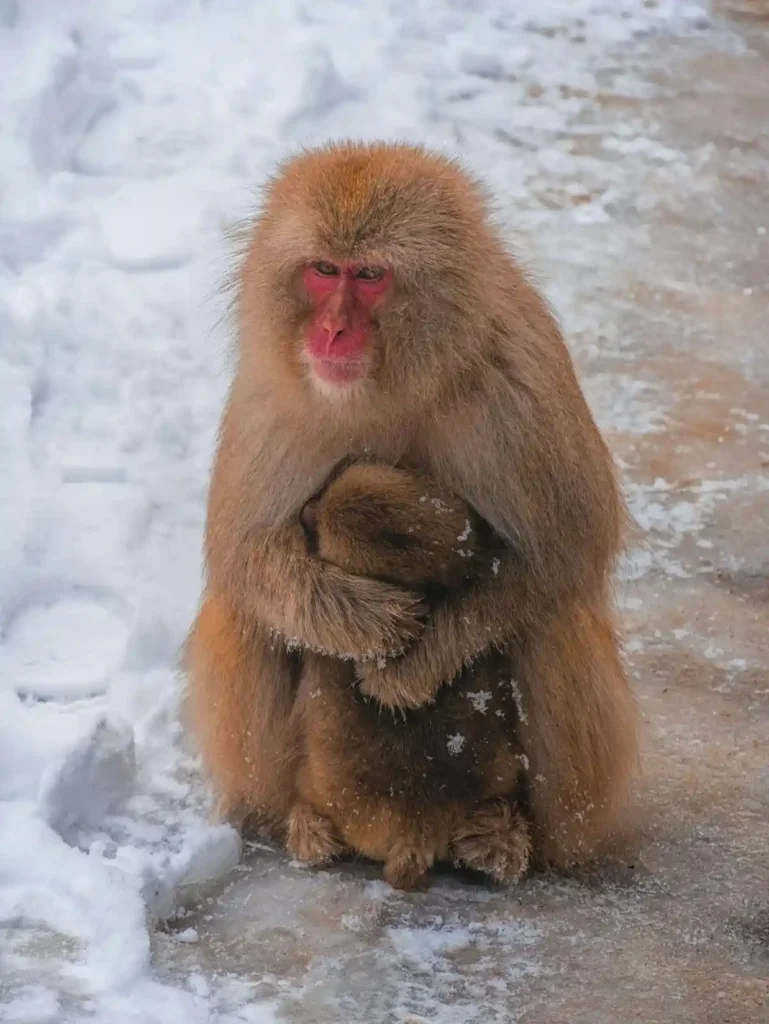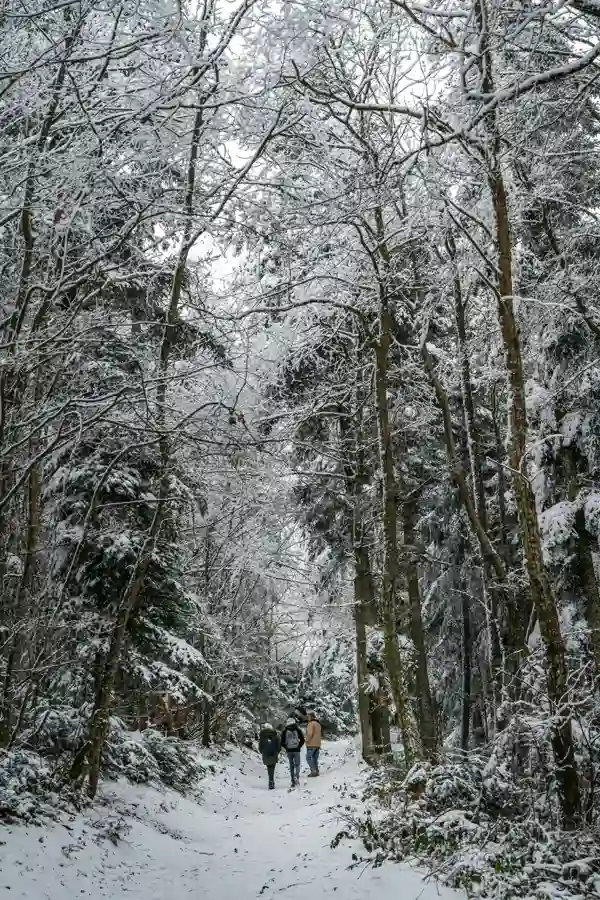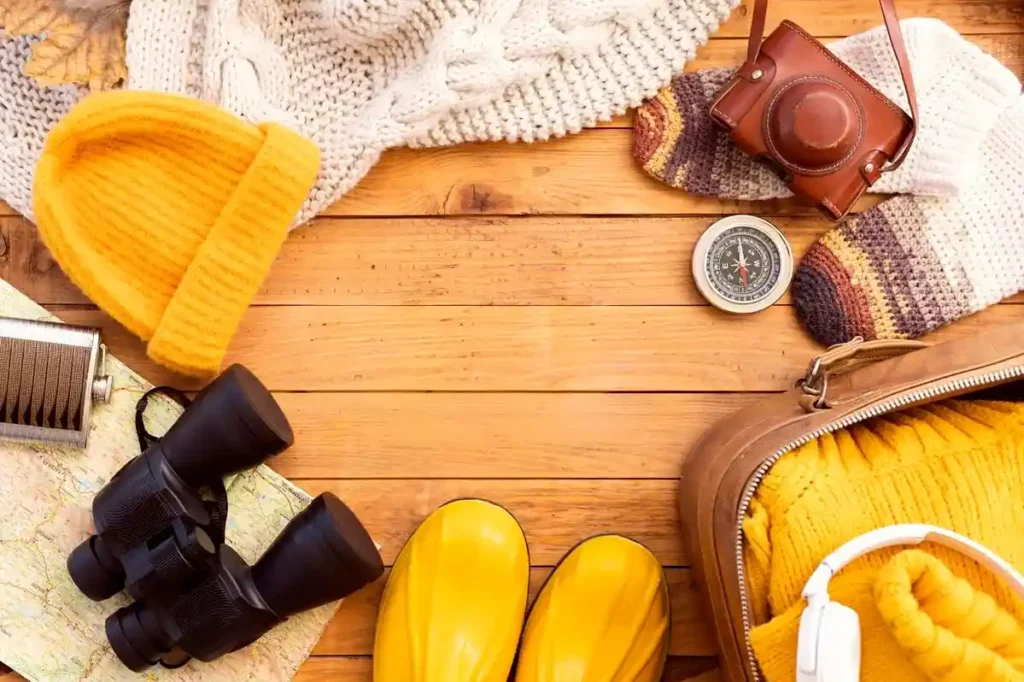The Ultimate Guide to Snow Monkey Park Japan: What to Know Before You Go
When I visited the snowy mountains of Nagano Prefecture last winter, I discovered one of Japan’s most magical and unforgettable destinations: the Snow Monkey Park, officially known as Jigokudani Monkey Park (地獄谷野猿公英, Jigokudani Yaen Kōen). Watching wild Japanese macaques, or “snow monkeys,” soaking in steaming natural hot springs while snowflakes gently fell around them was an experience straight out of a dream.
This complete guide to snow monkey park Japan is based on that journey. In it, I’ll walk you through everything I wish I knew before going—from understanding what snow monkeys are and where Jigokudani is located, to how to get there, what to pack, where to stay, what to eat, nearby attractions, and a complete one-day itinerary to help you experience it fully.
What Are Snow Monkeys?

Snow monkeys are Japanese macaques, a species found only in Japan. They are incredibly adaptable primates, capable of surviving in some of the harshest winter conditions. What makes them globally famous is their rare and heartwarming behavior: bathing in hot springs. These wild macaques descend from the forests and cliffs of the Jigokudani Valley each winter to relax in the natural onsen, creating one of the most unique wildlife encounters in the world. With thick fur, expressive red faces, and playful social behavior, they are both photogenic and fascinating to observe.
The sight of a mother macaque holding her baby in the snow, both steaming from the warm water, is nothing short of surreal. It’s this magical realism that draws thousands of travelers every year to the snow monkey park.
Why Visit Jigokudani Monkey Park?
There are very few places in the world where you can witness wild monkeys soaking in natural hot springs—and this is the most iconic. A visit to the Jigokudani Monkey Park is not just about checking off a tourist spot. It’s about watching animals live naturally and peacefully in an environment where humans are simply silent observers.

Here’s why you shouldn’t miss it:
- Family-Friendly: It’s suitable for all ages and a memorable stop for families with kids.
- Unmatched Wildlife Photography: Monkeys surrounded by snow, steam rising from the springs, and mountainous backdrops offer perfect shots.
- Peaceful Winter Atmosphere: It’s a quiet, serene environment—especially in the early morning.
- Cultural Experience: The nearby towns, like Shibu Onsen, are rich in tradition and filled with natural hot spring baths that you can enjoy yourself.
Where Is Jigokudani Monkey Park?
The snow monkey park is in Yamanouchi, Nagano Prefecture, in the center of Japan. It’s located within the Joshinetsu-Kogen National Park, in an area known as Jigokudani—meaning “Hell Valley.” The name comes from the intense geothermal activity, where steam rises dramatically from the frozen ground and the snow-covered cliffs create a surreal, almost otherworldly atmosphere.
The park is entered from a trailhead at Kanbayashi Onsen, and it is around 30 minutes to hike in along a stunning forested track.
- Google Maps address: 6845 Hirao, Yamanouchi, Shimotakai District, Nagano 381-0401, Japan
📸 Pro tip: Aim for fresh snowfall days for the best photo opportunities.
How to Reach the Snow Monkey Park
Travelling to Jigokudani Monkey Park is relatively simple, and part of the fun is getting there.
- From Tokyo to Nagano: Start by taking the Hokuriku Shinkansen from Tokyo Station to Nagano Station. The ride is fast and scenic, taking about 90 minutes.
- Nagano to Kanbayashi Onsen: From Nagano Station, hop on the Nagaden Express Bus bound for Kanbayashi Onsen. It takes about 40 minutes and drops you near the start of the forest trail.
- The Forest Walk: From the bus stop, you’ll walk around 30 minutes through a tranquil snowy trail. It’s relatively flat and easy but can get slippery, so wear proper winter boots with grip.
If you’re not a fan of DIY transport, there are day tours available from Nagano and Hakuba that include stops at the monkey park, Zenkoji Temple, and local sake breweries.
Park Hours & Entry Fees
- The park is open from 9:00 AM to 4:00 PM during winter; final admission is at 3:30 PM.
- Entrance Fee: ¥800 for adults, ¥400 for children
- There is no need for advance reservations. You can purchase tickets at the entrance.
It’s a good idea to visit the official website in advance, as operating hours may shift based on winter conditions.
For the latest park updates, entry fees, and live monkey cams, check the official Jigokudani Monkey Park website.
What to Pack for Your Snow Monkey Adventure

Winter in Nagano can be brutally cold, especially when you’re standing still watching the monkeys for extended periods. Here’s what I packed and recommend:
- Thermal base layers (top and bottom)
- Waterproof and windproof jacket
- Insulated snow boots with good traction
- Gloves, scarf, and beanie
- Camera or phone with a zoom lens
- Portable charger or power bank (cold drains battery fast)
- Snacks and water (though there are vending machines nearby)
- Cash for entry and rural shops
Packing right can make the difference between enjoying the snow monkey park and shivering through it.
Where to Stay Near the Snow Monkey Park
Staying overnight is highly recommended if you want a slower, more immersive experience.
Best Areas to Stay:
- Shibu Onsen: A charming, historic onsen town full of narrow lanes, public bathhouses, and ryokan inns.
- Yudanaka Onsen: A slightly larger town with a train station, making it convenient for travelers using the rail network.
Top Accommodation Picks:
- Shibu Hotel: Traditional ryokan with authentic meals and private onsen.
- Yudanaka Seifuso: Family-run with great hospitality and Japanese-style rooms.
- Aburaya Tousen: A luxury option offering modern comforts and panoramic hot spring views.
Many ryokans offer free shuttle service to the monkey park or include park tickets in the booking.
Things to Do Around Snow Monkey Park

There’s plenty more to explore near the monkey park:
- Explore Shibu Onsen’s 9 public baths: Collect stamps at each bath for good fortune.
- Visit Zenkoji Temple: A spiritual hub in Nagano dating back 1,400 years.
- Skiing at Shiga Kogen: One of Japan’s largest ski resorts, perfect for a day or two of winter sports.
- Taste local sake and Shinshu soba: Warm up with flavorful regional dishes.
- Try a 1-Day Tour: Like the one combining snow monkeys, Zenkoji Temple, and sake tasting—great for first-time visitors.
What to Eat Near Jigokudani Monkey Park
After trekking through snow and spending hours in the cold, food becomes part of the experience. Try these local specialties:
- Sake tasting: Sample warm or chilled varieties from regional breweries.
- Shinshu soba: Made from locally grown buckwheat, served hot or cold.
- Oyaki: Steamed dumplings with seasonal fillings like pumpkin, eggplant, or mushrooms.
- Nagano apples: Juicy, sweet, and sold everywhere in winter.
1-Day Itinerary for Snow Monkey Park
Morning:
- Depart Tokyo around 7:00 AM via Shinkansen
- Arrive in Nagano by 8:30 AM
- Take the 9:00 AM Nagaden bus to Kanbayashi Onsen
- Start the forest walk by 9:45 AM
- Arrive at the snow monkey park by 10:15 AM
Late Morning:
- Spend time observing the monkeys, taking photos, and warming up with hot drinks from vending machines
Afternoon:
- Return to Kanbayashi and have lunch at Enza Cafe or a local soba shop
- Visit Shibu Onsen for a foot bath and a quick shrine visit
- Optional: Head to Zenkoji Temple if time allows
Evening: Return to Tokyo by rail, or extend your trip by spending the night in Yudanaka Onsen.
Final Tips Before You Go
- Arrive early to avoid crowds and enjoy better lighting for photography
- Avoid weekends and holidays if possible
- Dress warmly and wear proper boots
- Do not feed or touch the monkeys
- Stay on marked paths and follow all park guidelines to ensure safety and respect for wildlife.
Looking to build the perfect Japan itinerary? Our first-time Japan travel guide has you covered with routes, tips, and seasonal highlights like Chureito Pagoda.
Final Thoughts
My visit to the snow monkey park in Japan was one of the most peaceful and awe-inspiring wildlife experiences I’ve had. Every moment—from the frozen forest path to the peaceful stare of a macaque in the hot spring—felt like watching a wildlife film unfold in front of me.
Whether you’re heading there solo, with friends, or as a family, I hope this guide helps you plan a smooth, safe, and unforgettable trip to Jigokudani Monkey Park. The snow monkeys are waiting—and they don’t mind the cold one bit.
Chureito Pagoda in full cherry blossom bloom is pure magic—see the best times to visit in our Cherry Blossom Travel Guide.
Explore more seasonal highlights and cultural tips at the official Japan Travel website by JNTO.
❓ Frequently Asked Questions (FAQs)
1. What is the best time to visit Snow Monkey Park?
The ideal time to visit is during winter, from December to March, when the monkeys gather in the hot springs to escape the snow and cold.
2. How long does it take to walk to the monkey park?
The walk from the trailhead at Kanbayashi Onsen takes about 30 minutes through a scenic forest path. The trail is flat but can be icy in winter.
3. Can I visit the snow monkey park as a day trip from Tokyo?
Yes, it’s very doable. Many travelers take the Shinkansen from Tokyo to Nagano in the morning and return the same evening. With a little planning, you’ll have plenty of time to explore without feeling rushed.
4. Are there food options near the park?
Yes. You can find cafes and local eateries near Kanbayashi Onsen and in Shibu Onsen. Soba noodles, oyaki, and warm drinks are popular winter choices.
5. Can I visit the park in seasons other than winter?
Absolutely. While winter is the most iconic season, the park is open year-round. In spring and autumn, you’ll see monkeys playing in the forest, though they might not bathe as often.



